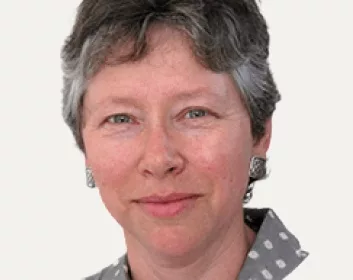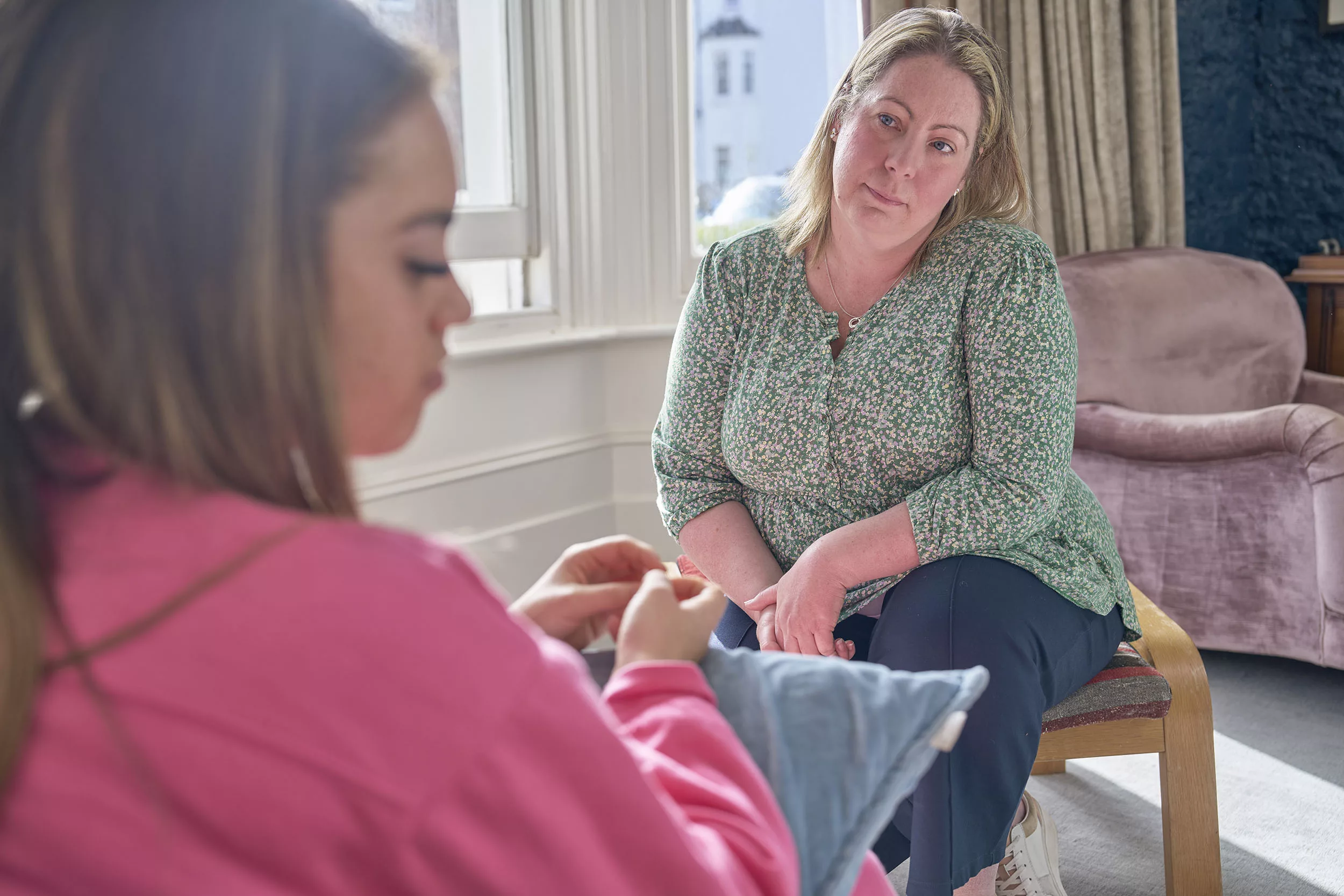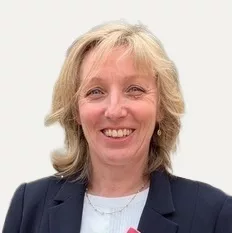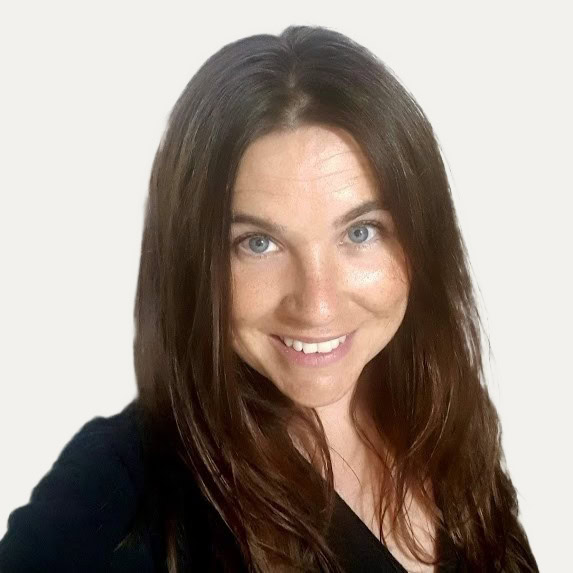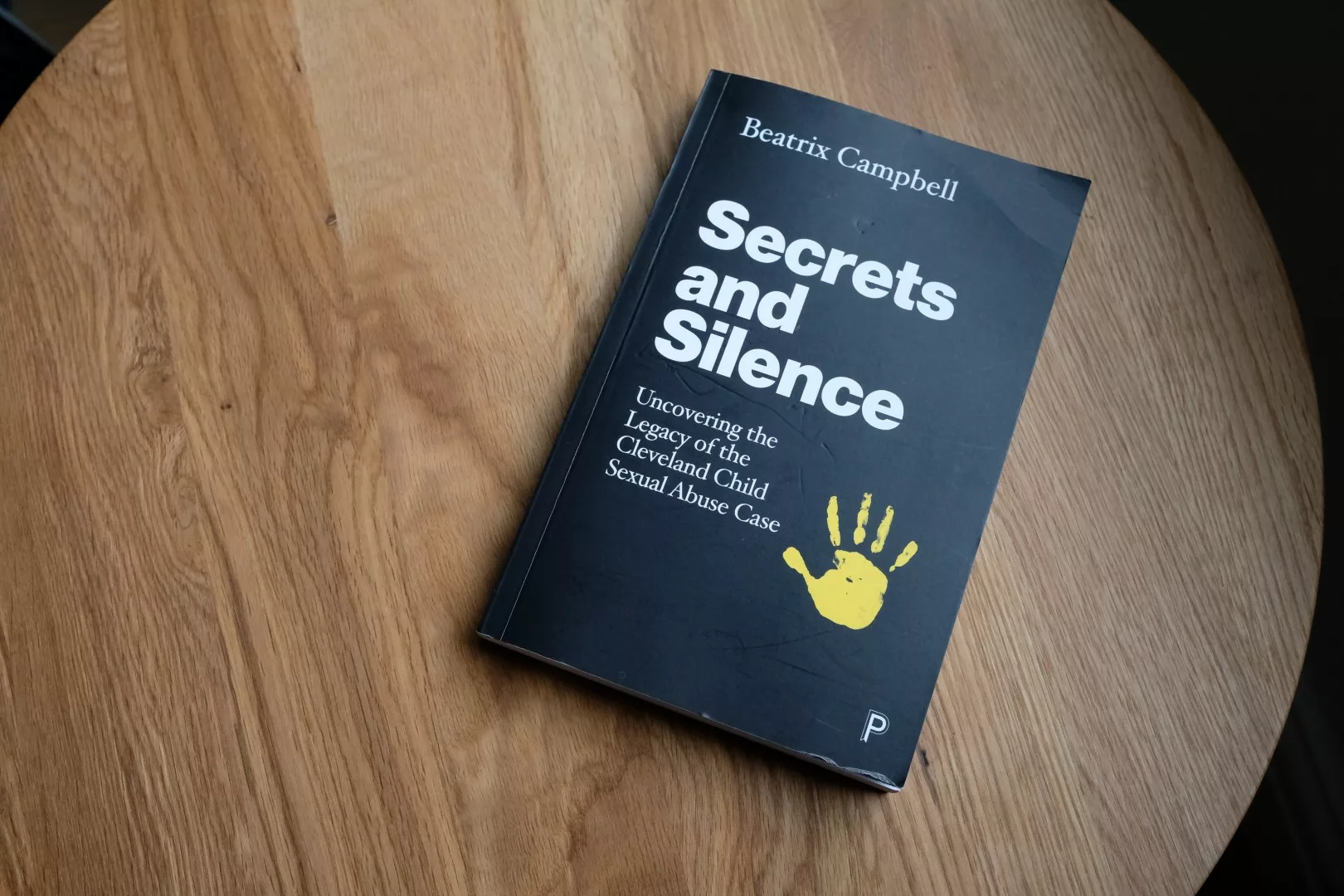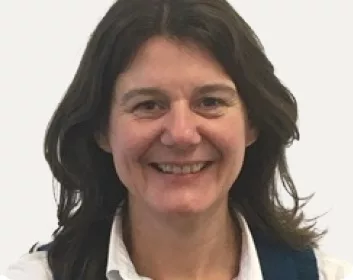In January, the CSA Centre hosted a workshop for research funders, with contributions from the Independent Inquiry into Child Sexual Abuse (IICSA) and the Office of National Statistics (ONS), to identify key knowledge gaps and discuss how to prioritise addressing these gaps. Here, our Deputy Director for Research and Evaluation shares her reflections on the day and highlights key points from the discussion.
One of the questions we at the CSA Centre aim to address is a big one: what do we know about child sexual abuse? Also, what is not known? What research is out there, and what are the gaps in knowledge? The intention of the workshop was to encourage funders of all kinds (foundations as well as government departments and similar) to consider what role they might play in identifying and addressing key priorities for research in the future. While our own research budget is limited, we are keen to support others to address key research needs as we believe it is urgent that resources be found to enable research to address the major gaps in knowledge on child sexual abuse that remain.
In seeking to map existing research and identify key gaps, we at the CSA Centre have already undertaken a number of initiatives:
- Our Key Messages from Research papers (on a range of issues related to child sexual abuse, available here) emphasise what we do know and are designed to enable busy practitioners to access the evidence base. When developing these resources we notice gaps in knowledge – we published a paper on the gaps in relation to child sexual exploitation in 2017; otherwise we track gaps identified.
- We have published many other papers drawing on existing research – for example on perpetration of child sexual exploitation; on support to parents where children have been sexually exploited; and on the role of medical examinations;
- Our survey of ongoing research, refreshed recently, seeks to capture work that has not yet been completed or published (available here)
- Each year we have run a workshop for PhD students working on aspects of child sexual abuse, which links us up with current studies – the fourth is planned for 12 May 2020 – sign up now to contribute!
Key gaps in the evidence
At the research gaps workshop, we listened to presentations from IICSA and ONS describing the research that they have been doing to increase understanding of child sexual abuse. We also gave a brief overview of research that the CSA Centre has commissioned or carried out over the last three years.
Some common themes had already been identified – the broad areas we presented to the group as emerging from our review of the evidence gaps appear on the right hand side of the graphic recording. Those attending the workshop confirmed their interest in these areas. A key example is the lack of current information on the prevalence of child sexual abuse – that is, sufficiently detailed survey data from a broad population, rather than information drawn from the records kept by services of those who report their abuse. It is well known that there is a huge gap between the large number of people who report in surveys that they were sexually abused in childhood and the much smaller number who report that abuse to services – but how big is this gap? The latest Crime Survey for England and Wales estimated that 7.5% of adult population in England and Wales have experienced some form of child sexual abuse, but this does not tell us about how much child sexual abuse is happening today. The Crime Survey collects the experiences of the adult population, some of which took place decades ago, so it cannot tell us what is the scale of child sexual abuse today or about its nature. Kairika Karsna, our senior researcher’s reflections on the new ONS Compendium are here. More accurate, recent and detailed information would be invaluable to so many people in the field as it would help in allocating resources and shaping services to meet need.
Other recurring themes focused on understandings of, and responses to, perpetration – the stigma attaching to this area of work can have a freezing effect on attempts to study it better. Key questions include – what are the pathways to offending? How can there be appropriate prevention and disruption for each type of child sexual abuse, including that by young people as well as adults, online as well as contact abuse, intra-familial as well as extra-familial abuse.
Another area that surfaced was around diversity in terms of the experiences of victims and survivors – it is regularly found that BAME and LGBT+ children and young people, those with disabilities, and boys all face additional barriers to their abuse coming to light, and to receiving a suitable response from services. Despite the long recognition of this area of concern, there is room for much more work in this space.
Another priority identified in the ‘what works’ area of research, and which has previously been also reported in our Knowledge Review on the effectiveness of services, is around the experiences of and support for non-abusing parents and carers.
Access to evidence
A final point raised at the workshop was that, in addition to the need for new research, it is important to ensure that frontline practitioners are aware of the research that already exists. A minimum standard for research dissemination was proposed. The CSA Centre seeks to bring research learning to practitioners in various ways, including through our Key Messages from Research papers, and of course our presentations and training, but there is much more to do.
So there is a long list of areas that need more research, and although the CSA Centre has made inroads in some areas, and we continue to learn so much from others’ new research, the more we know, the better we understand what is needed. On prevalence, for example, our scoping study has produced better focused discussion, but has not yet identified the resources needed for a new kind of prevalence survey. We have been arguing for this since 2018, with our ideas outlined in this Briefing. In relation to perpetration, our recently-published typology aims to create a new framework focusing on offending rather than offenders, but many crucial questions remain – this does not look at ‘pathways’, as prioritised as a gap, nor at offending by under 18s, nor at any questions of relative scale.
Similarly in relation to diversity, both IICSA and the CSA Centre are currently undertaking studies to shed light on the current service provision for BAME children and young people. We have also published a study on the perspectives of children and young people with learning difficulties and looked after children. In relation to LBGT+ people, GALOP have just launched what is probably the first online survey on experiences of sexual violence generally, which will include questions on child sexual abuse, but there is very little existing research evidence in this area. Although the knowledge gaps relating to discriminated-against groups have long been recognised, there is so much more information needed.
We at the CSA Centre aim to contribute towards a culture where researchers communicate and cooperate whilst research is underway, as well as improving dissemination of learning. It has been striking, since we started our work, how much appetite there has been from fellow researchers (and policy makers and practitioners) for this. When we launched our research mapping study, someone who came to one of the launch events said that she had discovered three other studies related to child sexual abuse happening in her own university, which she’d never heard of before. We aim to facilitate sharing around gaps in evidence as well as ongoing studies, and to assist in prioritising the most important elements of missing knowledge, and to find ways to address them. Cooperation is essential to produce more and better evidence on what works to identify, respond to, and ultimately prevent child sexual abuse.


